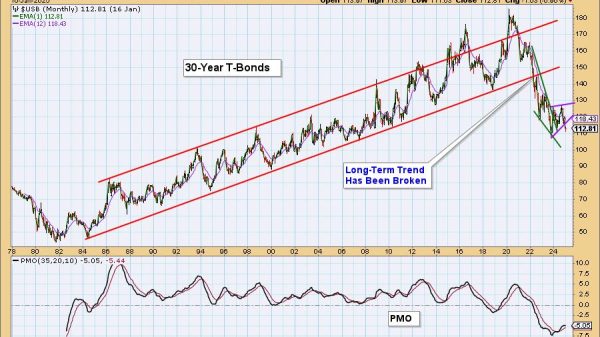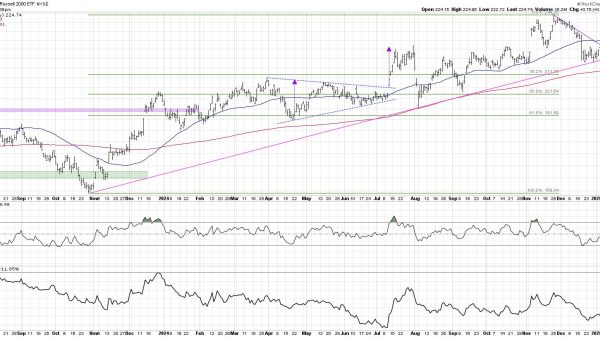There are so many reasons in this world to be miserable. War, famine, poverty, pandemics, mental health crises, the list goes on. As leaders, we have the opportunity – nay, responsibility – to prevent the workplace being such a reason.
Depending which article you read, the stats say we spend anywhere between 25% and 40% of our lives at work. When I ask people that question directly, they answer between 50% and 60%. Whichever you believe, it is a huge chunk of our lives.
As Andy Nisevic from One Degree Training & Coaching, explains: If we are miserable at work, that is an awful lot of time to spend being unhappy. We go home in low mood and wake up in low mood. Other factors, which we have no control over, then have a compound effect. According to Gallup’s 2022 state of the workplace study the UK ranked in the bottom third of European countries for employee engagement. It found that only 9% of the UK workforce feel fulfilled at work. With the amount of time we spend feeling like that, it’s no wonder so many people are experiencing depression in the modern world.
The good news is that, with the right training, and on-going support, leaders can implement some very simple measures to enable a more positive environment. This will help prevent their workforce being part of the alarmingly low Gallup statistic.
The first step is to recognise that leadership training, on its own, is not enough to produce effective leaders. People tend to be promoted because they are good at their job, which is great. If they’re lucky, they may well be sent off to a local college or leadership training provider to sit in a classroom to learn about the various leadership & communication models etc. They’ll sit exams, write essays, and at the end of the course be presented with a certificate and a national qualification that looks great on a CV.
“What’s the problem with that?”, I hear you ask. Firstly, as the training is aligned to national qualifications, it encourages a one-size-fits-all approach to leadership development, which simply doesn’t exist. Also, when we look at leadership from a neuroscientific perspective, we begin to recognise why so many managers, with very high leadership qualifications, are such toxic leaders.
Logic vs Emotion
Conversations in the classroom engage the logical centre of the brain – the pre-frontal cortex. This is where logic, learning, language, intelligence, and rational thought exist. When we’re in the workplace, and faced with a leadership challenge, the part of the brain we’re using is the emotional part – the limbic system. This part, depending on which book you read, is 5 – 15 times stronger than the pre-frontal cortex, it’s the part of the brain that’s always first to act, it has none of the benefits of the logical centre, and contains what Prof. Steve Peters refers to as the Chimp.
The Chimp is there to detect threats and keep you alive. Unfortunately, the lack of logic and learning means that it’s unable to differentiate between a mad man running towards you with a machete, or a situation that makes you just a little uneasy. So even a very minor leadership challenge can make the chimp want to get you out of that situation very quickly.
Why leadership training alone is not enough
Often, people will be promoted, and given no ongoing training or support. They are then expected to deliver from day one.
The emotional & logical parts of the brain don’t talk to each other. Success from the chimp’s perspective is just to get you out of the situation. You’re flooded with adrenaline and cortisol, and your fight or flight responses are activated. These chemicals and responses don’t result in calm, logical, thinking. All the learning gained from leadership training, doesn’t even feature in your thought process until at least 5 minutes after the situation first arose – often up to as long as 15 minutes. You know what they say about first impressions! If 60 seconds is all it takes to give someone an impression of your leadership skills, imagine the damage that can occur in 15-minutes! A further problem with this is, if the chimp’s measure of success is purely to get you out of the situation, but it was handled poorly, the chimp doesn’t know this. All it knows is that it did its job and got you out of there. This creates a neural pathway that tells the chimp this is the right thing to do in the future.
Unfortunately, not everyone is so lucky as to even be provided with the training in the first place. Often, people will be promoted, and given no ongoing training or support. They are then expected to deliver from day one.
Why talented individuals become toxic leaders
These two factors are why it’s so easy, and very common, for talented individuals, who are good, honest, decent people, to become toxic leaders. It’s not that they don’t want to be good leaders, it’s that they haven’t been developed properly and are under a lot of pressure – maybe even stress.
Step One
Now, leadership training is important. It’s just not effective on its own. It’s one step of leadership development, but not even the first. The first step to developing a great leader is taken on the first day an employee starts working for you. The culture, attitude, behaviours, and standards that you influence through your leadership will have a lasting impression.
Step Two
The next step is to identify the developmental needs of your staff; not just the hard skills essential for their operational output, but the soft skills too. Active listening, effective communication, personality profiles, etc.; anything that is going to increase their awareness of why people act the way they do.
Step Three
Respond calmly, logically, and confidently. They will be able to handle any situation effectively and keep the workforce fully engaged and productive.
Now, remember what was mentioned about training in isolation, the third step is ongoing coaching and mentoring, either in-house, or through third party support. This will take hypothetical, classroom-based learning, and put it into an individual’s reality. This coaching and/or mentoring will, over time, create the neural pathways that, when the individual is promoted to a position with leadership responsibility, can kickstart the pre-frontal cortex. This means the leader can use the leadership training, and respond calmly, logically, and confidently. They will be able to handle any situation effectively and keep the workforce fully engaged and productive.
Make the world a happier more successful place
Keep your workforce fulfilled, help the UK workforce to be more engaged
Leaders who can do this will keep your workforce in the 9% who feel fulfilled at work, helping to make the UK’s workforce a more engaged one, and bit-by-bit make the world a happier place.
Read more:
How a good person becomes a toxic leader























